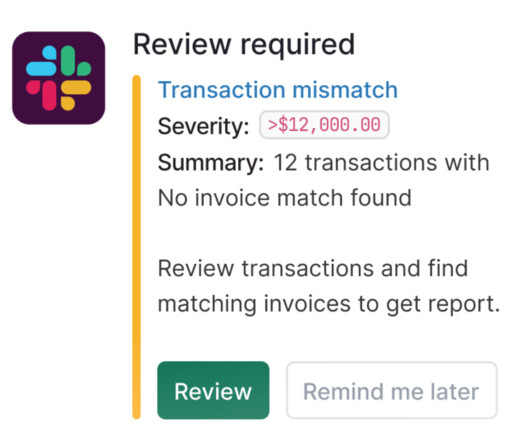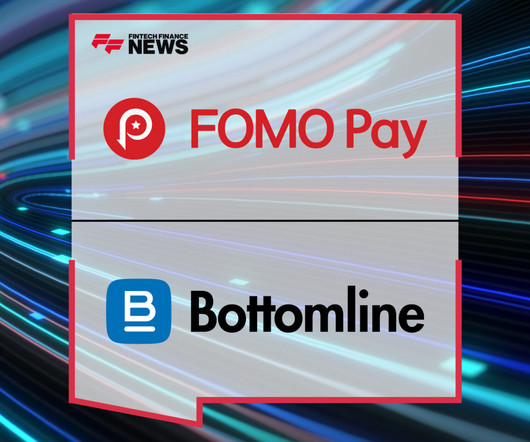Importance of bank reconciliation in internal control
Nanonets
APRIL 2, 2024
Importance of bank reconciliation in internal control In the world of finance and accounting, accuracy is key. Bank reconciliation is a fundamental process that ensures the alignment of internal records with external bank statements. What Is a Bank Reconciliation? There are various approaches to conducting bank reconciliation.














Let's personalize your content